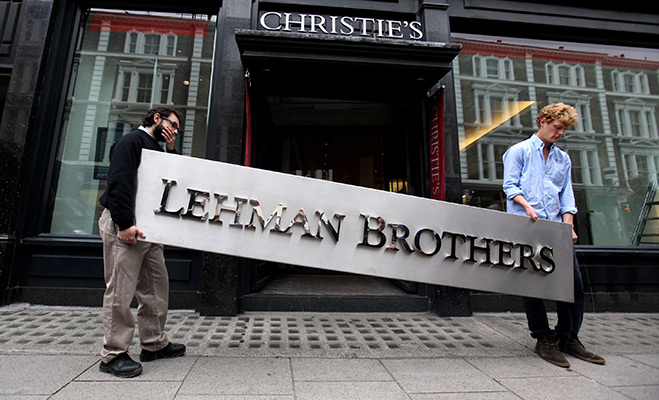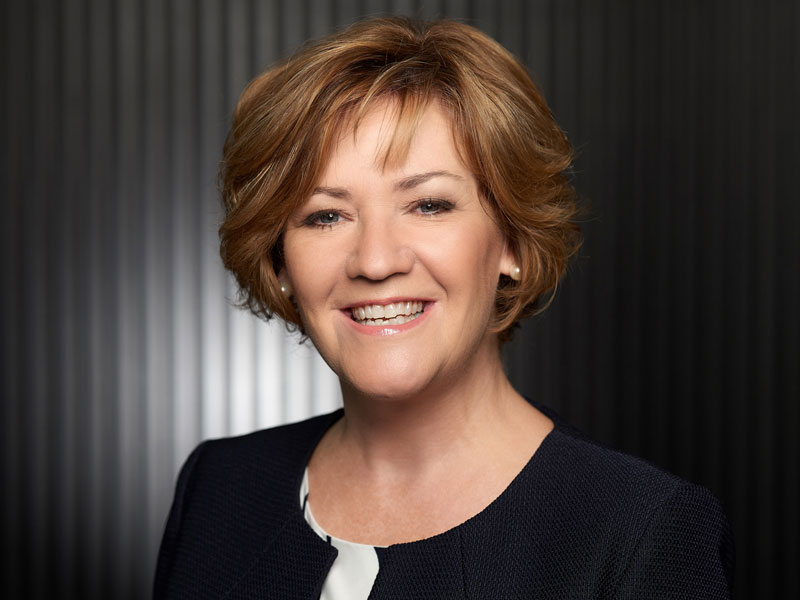Money market resistance causes havoc for mutual funds
The SEC has rejected proposals to regulate money market funds, though some argue regulation would have boosted investor confidence

The United States Securities and Exchange Commission (SEC) recently rejected proposed rules aimed at making money market funds safer in a financial crisis: a rejection that has caused consternation among observers and other regulators. Given the risks that money market funds can pose to the global financial system, as shown by their destabilising role in the 2008 financial crisis, it is not hard to see why they are worried.
Money market funds take excess cash from investors and use it to purchase short term IOUs from businesses, banks and other financial institutions. They mimic bank accounts by allowing investors to write cheques and promise that their investment’s value will not fall.
In 2012, American ‘prime’ money market funds, which buy bank and corporate debt, were worth nearly $1.5trn. The money flowing through these funds went to many of the world’s largest banks, including not just the obvious US suspects (JP Morgan Chase, Bank of America and Citi), but also major European and Japanese banks such as Barclays, Deutsche Bank, Bank of Tokyo, Sumitomo, Credit Suisse and ING. These six international banks alone accounted for nearly 20 percent of the prime money market funds’ value.
Breaking the buck
Many readers know how money market funds work: an investor buys a $1 share from the XYZ fund, which keeps each share’s value at a constant $1, allowing the investor to believe that the money – invested in a pool of safe, secure, but not always government-guaranteed assets – is on deposit. Even if the asset pool declines in value, the fund’s managers keep the value of each share at $1 by rounding upward the fund’s real value. If the fund’s losses are big enough that rounding off still leaves it short of a stable $1 value, the fund “breaks the buck.”
That happened when Lehman Brothers failed in September 2008. The Reserve Fund, a well-established money market fund with too many unpaid IOUs from Lehman, could not keep its value steady. It broke the buck.
All money market funds then became suspect and many investors fled: withdrawing one-third of a trillion dollars in a single week. Since much of the money market funds’ assets are IOUs from the world’s biggest banks, the withdrawals weakened the already shaky global banking system. The Federal Reserve, seeking to stem the growing panic and stabilise the American and international banking system, promptly guaranteed the value of all money market funds.
Proposed regulation
The proposals that the SEC rejected were aimed at making money market funds more robust by requiring that each fund maintain capital reserves or let its value ‘float’ – and not be rounded up – to reflect its true, underlying risk. The proposal would also have required that money market funds hold back a fraction of some redemptions, thereby making investors take some risk that funds might not have complete transactional liquidity if their investments weakened.
A majority of the commissioners turned down the proposals after substantial lobbying from the mutual fund industry. If money market funds had to maintain capital reserves, industry representatives argued, yields to investors would decline and the industry’s profits would suffer. And, if retail investors saw their money market funds’ values declining from the amount that they had invested, and if they knew that they could not get all of their money back immediately, the funds would become less attractive. Investors might choose other places for their excess cash, like banks.
Banks are obliged to hold reserves, maintain capital and pay deposit insurance to ensure that they can honour their deposits. The mutual fund industry, one can assume, feared that the SEC’s rules would induce customers to redirect much of their cash directly into banks.
As a result of the SEC’s inaction, money market funds will continue to operate outside the scope of bank-style rules on capital and reserves, even though investors treat them like bank accounts. Unlike banks, though, they do not pay the government to insure their investors. But the 2008 financial crisis showed that, when push comes to shove, the government will backstop money market funds nonetheless.
The rejected proposals are thus good policy: money market funds should be made safer – via capital requirements and liquidity restrictions – because they already receive a de facto government guarantee. Their steady value makes them appear safer to investors than they are to the world’s financial system.
The influence of lobbying
The SEC’s rejection of the proposed rules demonstrates the power of concerted lobbying: and that concentrated interests often trump diffuse benefits. Typically, an interest group lobbies Congress, blandishing persuasive arguments, campaign contributions and other support: often enough members – or enough key members – come to see the merit of the group’s point of view (or at least vote as if they do). Meanwhile, ordinary citizens do not notice unless the issue receives significant media attention. Often no one lobbies the other side of the issue.
One might think that banks would counterbalance the mutual fund industry’s lobbying efforts because the likely effect of forcing money market funds to pay for more of their systemic costs would be to expand funds flowing directly to banks. But inflows through money market funds are not so bad for banks, which get the cash without having to set aside reserves or pay for deposit insurance. Some banks may even prefer the inflow from money market funds to direct deposits.
So the mutual fund industry had the regulators all to itself. Its lobbyists told the SEC commissioners that current rules already did everything possible to ensure safety, that retail investors want money market funds’ steady value, that change would hurt all investors and that the recent Dodd-Frank financial reform legislation disrupts regulators’ ability to bail out money market funds next time.
Other regulators were watching, as were academics and journalists, and some regulators may now feel compelled to take over the money market safety rules from the SEC or push the SEC back into action. With no one having a direct financial interest in the outcome pressing an alternative view, the SEC’s initial decision was as predictable as it was bad.
(c) Project Syndicate, 2012













